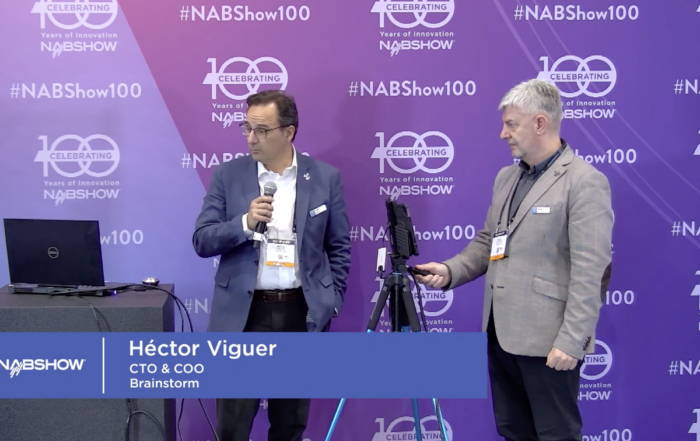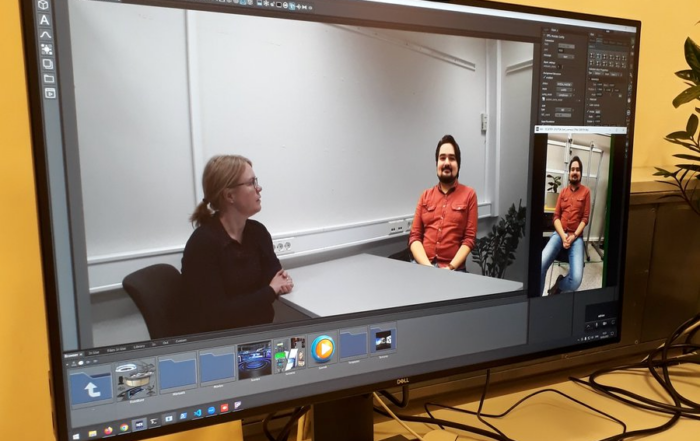Mixed reality solutions for enhanced TV viewer engagement and more appealing content
Currently, TV audiences can only interact with the shows they are watching through social media or hybrid broadcast broadband TV. Additionally, content creators in film, TV or live productions face technical challenges that result in less engaging content. The EU-funded AdMiRe project aims to tackle both these problems by developing, validating and demonstrating innovative solutions based on mixed reality technology. These solutions will enable audiences at home to be incorporated into the live TV programme they are watching and to interact with people in the TV studio. They will also provide content creators with tools that radically improve talent immersion and interaction with computer-generated elements.
Latest News
AdMiRe project presented at Circom 2023
The 39th annual conference of the European Association of Regional Televisions – Circom was held in San Sebastian […]
AdMiRe exhibits at NAB 2023
On April 15-19, the NAB Show took place in Las Vegas (USA) […]
AdMiRe demonstrated at NTNU
On March 8, 2023, the Sense-IT team at NTNU was host for a delegation of researchers, educators and entrepreneurs in the XR domain from Slovenia. The delegation was ending a collaborative research project (under [...]
AdMiRe Case Studies









